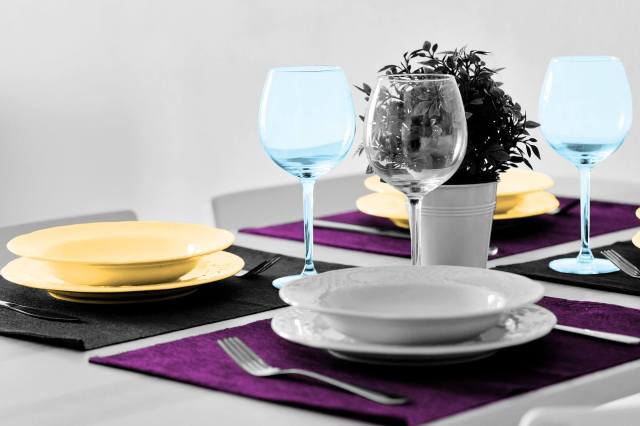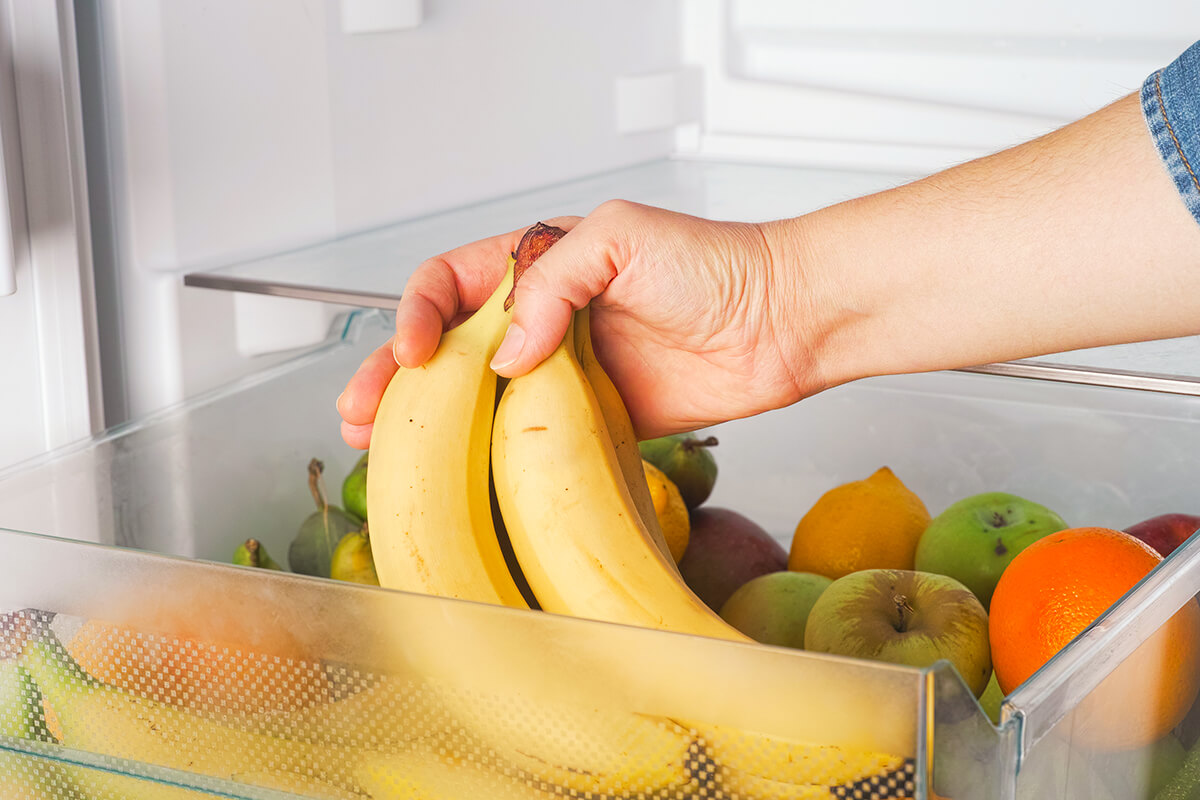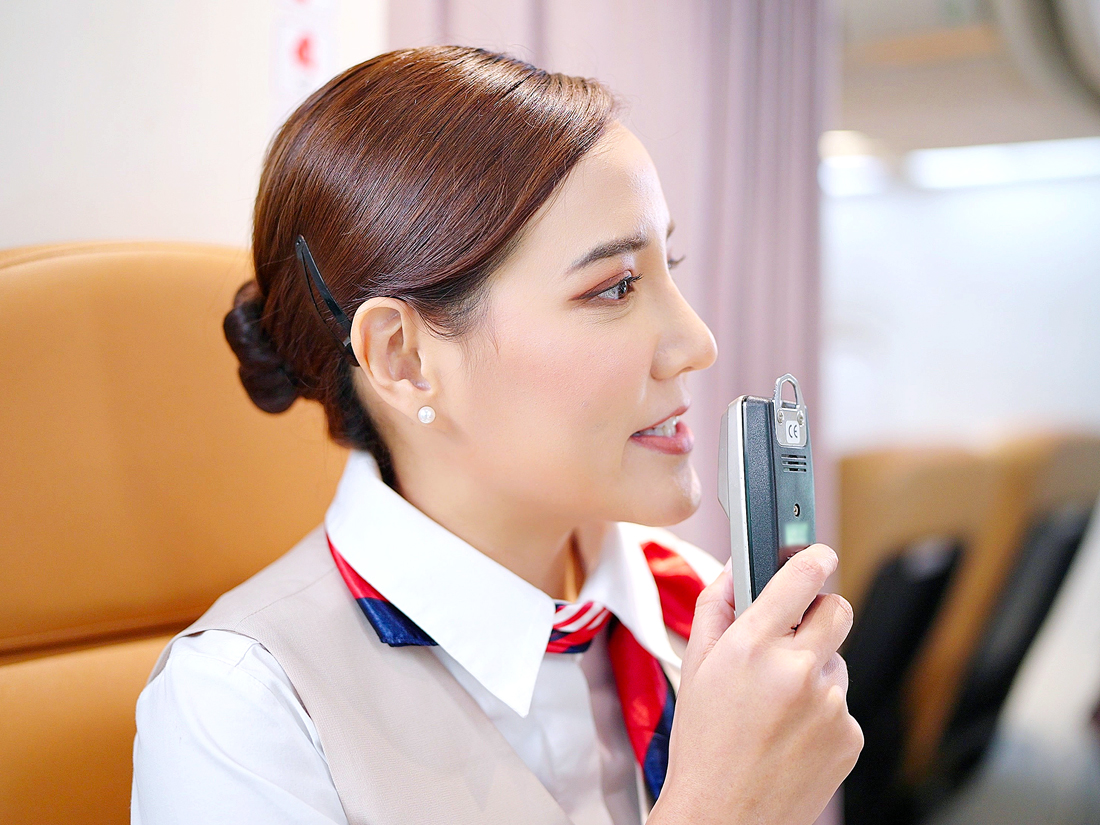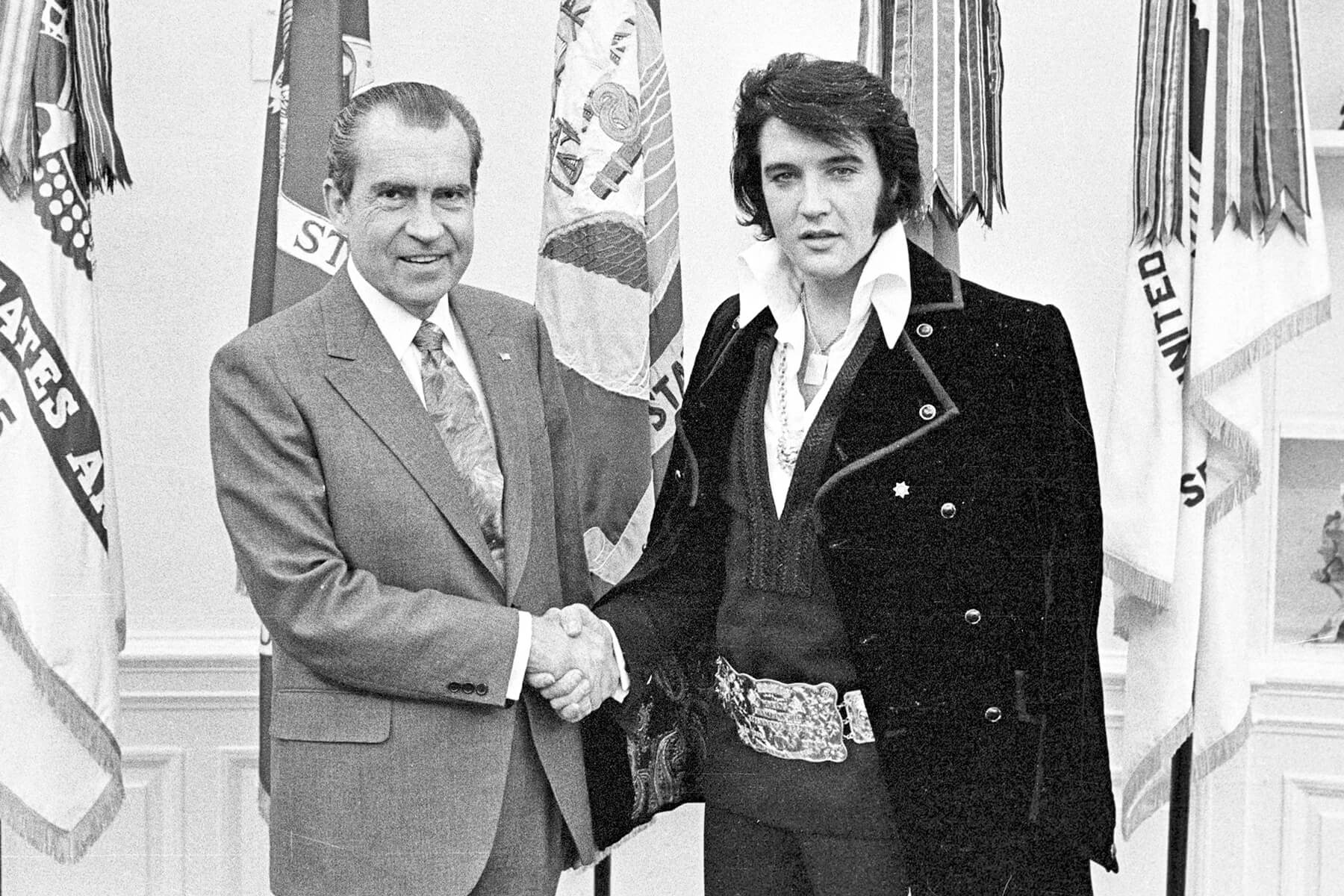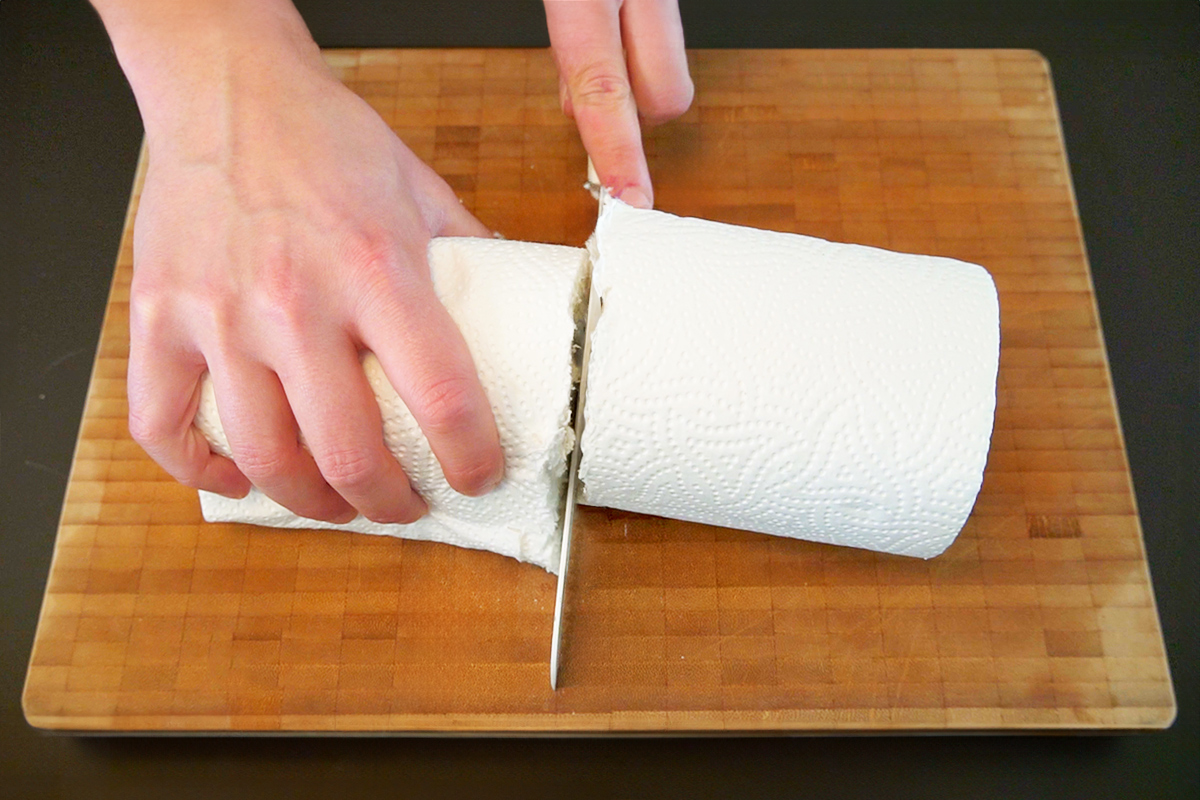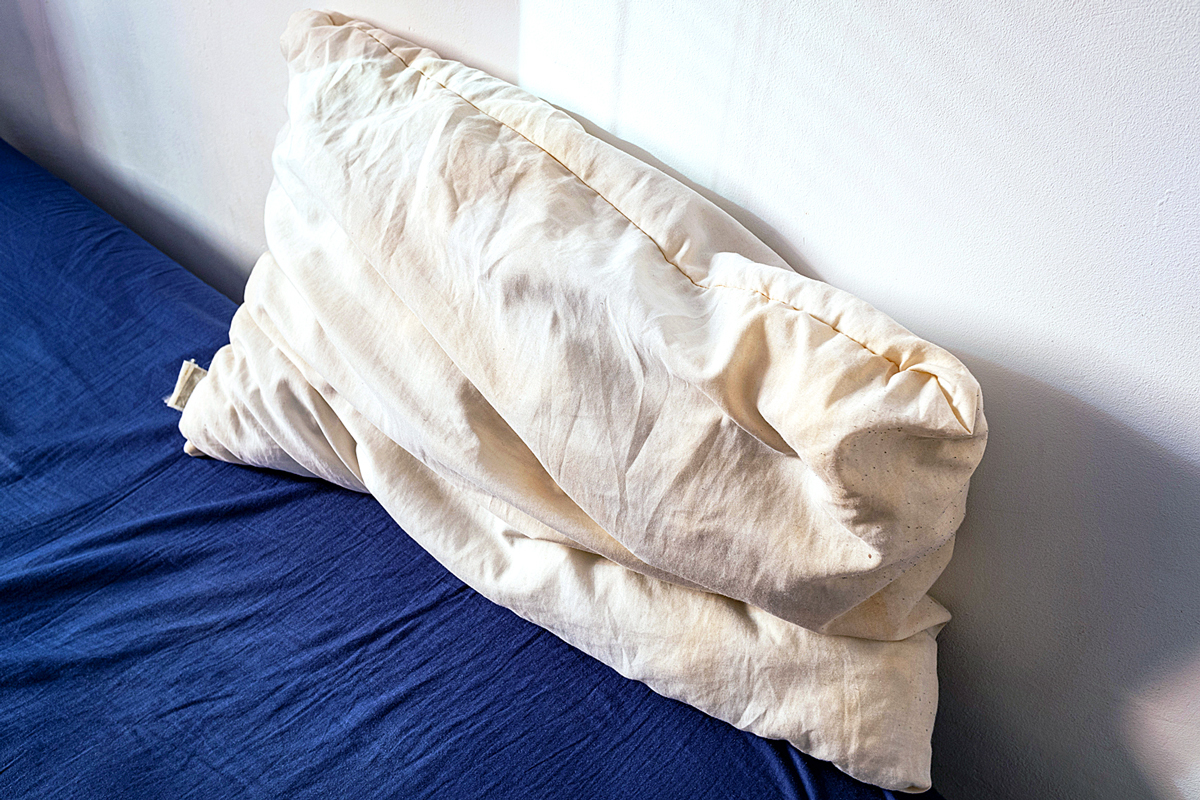
Put Your Phone on Silent — and Keep It Off the Table
Etiquette for dining with smartphones is threefold. First, put it on silent so it doesn’t disturb your meal. But don’t just turn down the volume and set it on the table; put it away in your pocket or bag, along with anything else that’s not a part of the meal. Lastly, don’t check your phone while you’re eating. You can take a peek at your notifications when you’re away from the table; while some experts say to wait until the meal is finished, you can probably discreetly check in the restroom, too. Yet rules are always flexible, and there are extenuating circumstances (like getting check-ins from a babysitter) that your dining companions may understand.

Napkin in the Lapkin
It’s pretty well-trodden etiquette territory to say that your napkin goes in your lap — but when do you put it there, and what do you do with it when you leave the table?
First: Place your napkin in your lap when everybody is seated. If you get up to use the restroom, place your napkin loosely to the left of your plate. It’s less likely to soil the napkin than placing it on your plate itself, and that way you don’t risk transferring food smears from your napkin to your chair (and potentially your clothes).

Let the Person Paying Order First
If dinner’s on someone else, it can be hard to know exactly what the expectations are in terms of price point. A good general rule is to follow the lead of the person treating you. Letting them order first can give you a sense of what budget they had in mind. Regardless, you probably shouldn’t order the most expensive thing on the menu.
More Interesting Reads

Your Elbows Are Probably Fine Where They Are
If you struggle to keep your elbows off the table — as your grandmother scolded you to do — there’s some good news. Originally, the rule existed to keep your elbows clean and prevent slouching, but most experts seem to agree that it’s now outdated, particularly when there isn’t any food actually on the table. The Emily Post Institute, a five-generation family powerhouse of etiquette advice, warns against putting your elbows on the table while eating, but instructs that it’s always been acceptable to have your elbows on the table between courses. In general, elbows on the table is also acceptable before and after a meal, although you might want to play it on the safe side while actually eating to avoid dipping your sleeves in gravy.

Raise Food Issues Quietly
If there’s a hair in your salad or a smudge on your glass, there’s no need to turn it into a tablewide conversation topic. Flag down your server and explain your issue discreetly and politely. They should be back with a replacement momentarily, and meanwhile, the mood at the table stays light.

Chew With Your Mouth Closed
The global COVID-19 pandemic kept a lot of people out of sit-down dining establishments, so you may have reverted back to some old habits, like talking with your mouth full. But remember: At no point should anybody you are eating with see food on the inside of your mouth. One study says that food does taste better if you chew with your mouth open — but it’s not worth alienating your dining companions over.

Yes, You Need To Tip
Unless the establishment has a specific policy against it, tip your server — at least, if you’re dining in America. It’s not just good etiquette: Tips can amount to more than half of the income of servers and bartenders, and that money is often shared with back-of-house workers such as cooks. Experts say that 15% to 20% of the pre-tax total is customary, but 42% of Americans always tip 20% or more. A 20% tip is easy to calculate, too: Calculate 10% by moving the decimal point on the total once to the left. Then double it.

Don’t Overstay
Don’t linger for too long after you finish your meal, especially if the restaurant is full or you have an especially large party. It’s disrespectful to the establishment, which needs to serve more customers to stay in business, and to other customers who are waiting for a seat. In some cases, you may even be holding up a reservation. Some diners take offense when they feel rushed away from their table; try to be understanding if you do. If you want to stay for longer and there’s not a line, order something else, like a dessert, a shared plate, or a round of cocktails, or at least check in with your server.

